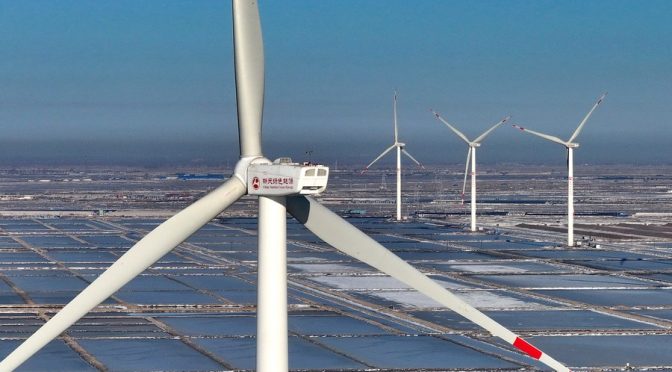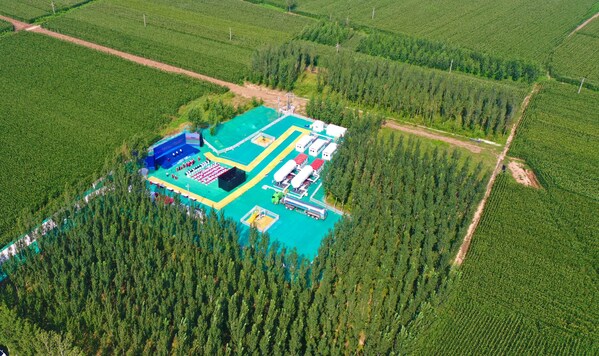
The downtown Los Angeles skyline is seen behind an electricity pylon at sunrise in Los Angeles, California, U.S. November 8, 2017.
The U.S. Energy Information Administration (EIA) reported on Tuesday, February 25, 2025, that power generators intend to retire approximately 8.1 gigawatts (GW) of coal-fired power capacity this year. This figure nearly doubles the 4 GW retired in 2024, which marked a slowdown from the average of 9.8 GW removed annually over the past decade, according to the EIA’s analysis.
Coal, once the leading source of electricity in the U.S., now accounts for about 16% of the nation’s power supply. Its decline reflects the growth of more cost-effective natural gas facilities and renewable energy sources. Efforts to meet climate goals have further reduced coal use, as it emits higher levels of carbon dioxide compared to most other power generation methods. Meanwhile, the rise of data centers, which support a third of the world’s total, has led some utilities to postpone fossil fuel plant retirements to meet increased grid demand.
Among the major coal plants scheduled to go offline in 2025 are the 1.8-GW Intermountain Power Project in Utah, and the J H Campbell plant in Michigan and Brandon Shores facility in Maryland, each with around 1.3 GW of capacity, as outlined by the EIA. Total power capacity retirements this year are projected to reach 12.3 GW, a 65% increase from 2024. Coal constitutes 66% of these planned retirements, while natural gas accounts for 21%. Most retiring natural gas plants rely on single-turbine systems, which are less efficient than combined-cycle alternatives.
As older plants phase out, the EIA anticipates the addition of 63 GW of new utility-scale power capacity in 2025. Solar energy is expected to lead these additions, followed by battery storage, wind, and natural gas. This expansion represents a nearly 30% rise from 2024, which saw the highest single-year capacity increase since 2002, according to the agency.
The shift highlights a broader move toward cleaner energy sources in the U.S. While coal’s role diminishes, renewable energy installations are growing to meet rising electricity needs. The EIA’s projections indicate a balanced approach, integrating new capacity to replace retiring plants while addressing demand from emerging sectors like data centers. No specific timeline beyond 2025 was provided for further retirements or additions, but the trend suggests a continued transition in the nation’s energy landscape.







